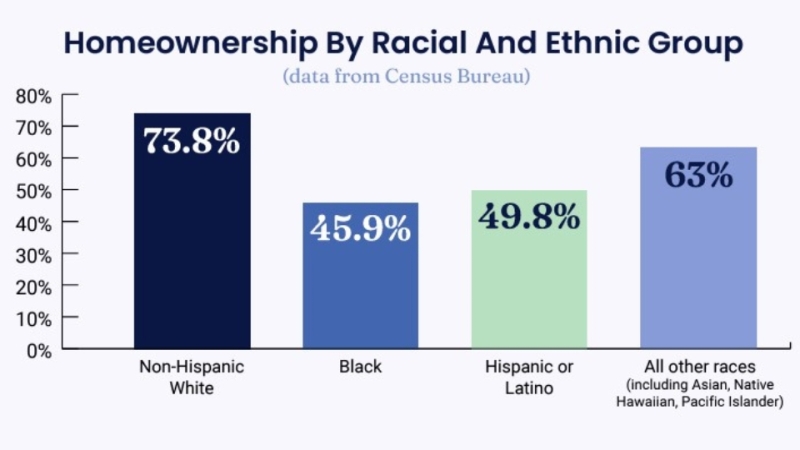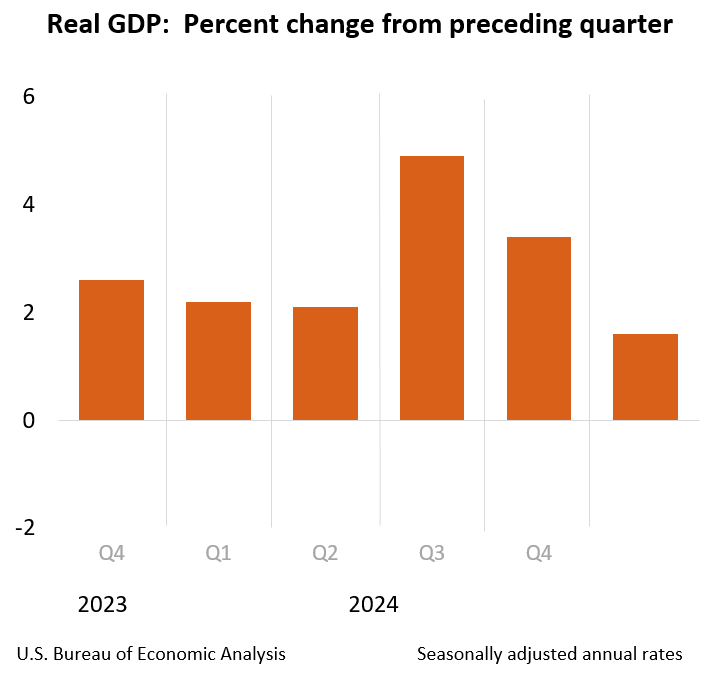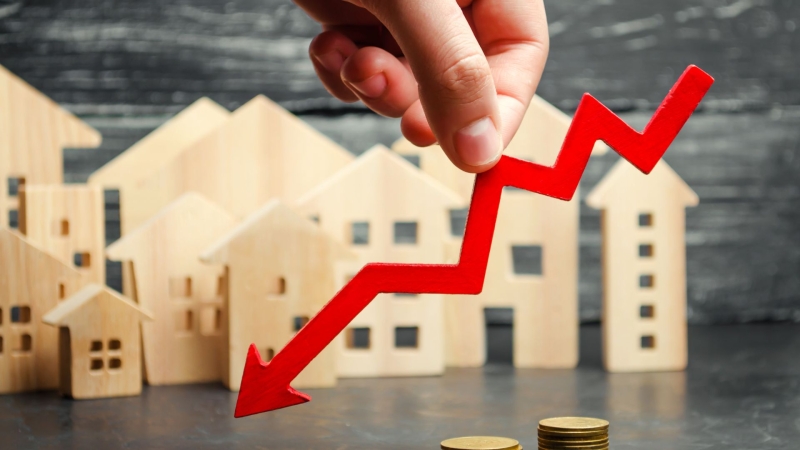Advertisement
Appraisal Institute Launches Green Valuation Program

The Appraisal Institute has launched its Valuation of Sustainable Buildings Professional Development Program, educating appraisers on the intricacies of valuing high-performance residential and commercial buildings. The Appraisal Institute is the nation’s largest professional association of real estate appraisers.
“There is a tremendous need for this type of education within the real estate sector,” said Appraisal Institute President Joseph C. Magdziarz, MAI, SRA. “High-performance buildings represent a rapidly growing area of the real estate market, and reliable valuations are critical both to banks’ risk management and to developers’ sound development practices. The Appraisal Institute is proud to continue its leading role in educating appraisers on such an important topic.”
Home builders and others have complained that appraisers often don’t properly take into account “green” features when providing valuations. Building on existing Appraisal Institute education, the Valuation of Sustainable Buildings Professional Development Program is intended to arm professional appraisers with the most advanced guidance, case studies, methods and techniques on valuing high-performance buildings, positioning them as solution providers for the real estate sector.
The Appraisal Institute’s program consists of three educational courses: the first, “Introduction to Green Buildings: Principles & Concepts;" the second, “Case Studies in Appraising Residential Green Buildings;” and the third, “Case Studies in Appraising Commercial Green Buildings.” All three courses, which have been approved for continuing education by the U.S. Green Building Council, will be taught multiple times in numerous locations throughout the country.
“By advancing this knowledge base, the Appraisal Institute is further establishing its role as a leader in the real estate and appraisal profession,” Magdziarz said. “When we see a need, we address it.”
He acknowledged that misconceptions about green valuation exist among many non-appraisers, including a failure to realize that cost does not always equal value. He noted that appraisers need to have all information from underwriters, builders, real estate agents and home inspectors related to energy efficient features in order to recognize them and to make appropriate, market-based adjustments. Appraisers frequently ask for ratings information, blueprints and specifications of properties’ conservation features and are not provided the information either because those involved in their construction, sale or financing mistakenly believe they are not applicable to the appraisal process or because the data are not generally available.
“As analysts of the real estate market, appraisers will look at the actions of buyers and sellers of real estate by analyzing data, conducting interviews and applying applicable approaches to value,” Magdziarz said. “A critical issue to the advancement of high-performance buildings is market recognition of the actual or perceived benefits of a green building. Do market participants view high-performance features as an enhancement to the market value of the property or as an over-enhancement? This is a critical question that will likely be unique to the particular property and local real estate market.”
For more information, visit www.appraisalinstitute.org.
About the author





